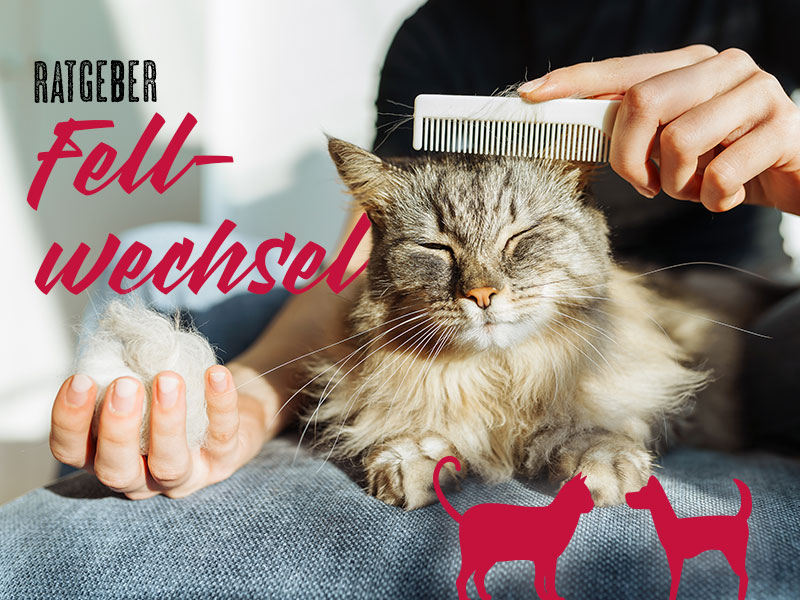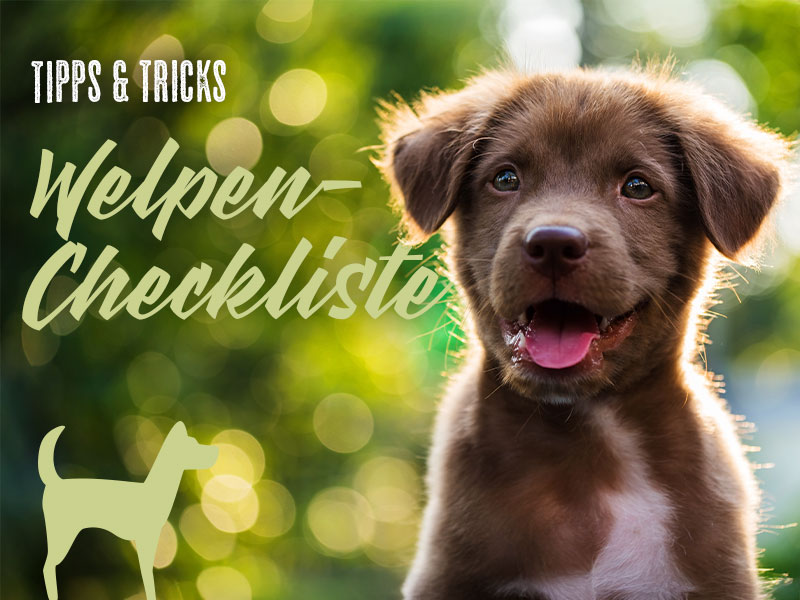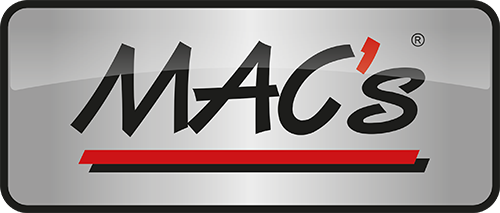Why is there changing fur among dogs and cats?
Almost every dog and cat owners know the problem: As soon as the temperatures rise in spring or fall in autumn, the hair and fur bushes of our four-legged roommates are found everywhere. With the change of fur, your cat or dog adapts to the changing temperatures and weather of the seasons: In spring and summer, thinner fur protects from overheating, while thick winter fur preserves your animal from the cold in autumn and winter.
The renewal of the hair also ensures that old, dead fur is replaced by new things. The change of fur is triggered not only by rising or falling temperatures, but also by more or less daylight. In addition, your four -legged friend often has more hair in spring than in autumn, because in spring your animal has to drop the density, warming undercoat. Housing cats also often have less than free -range, because they are less exposed to the warm or cold temperatures.
The most important points for changing fur:
- The summer fur is being built from March to May
- The switch to the winter fur takes place from September to November
- The start of the fur change depends on temperature and daily light duration
- Serves the adaptation to seasons and the fur renewal
- In dogs, especially with double hairy breeds (e.g. Husky or German Shepherd)
- In cats, freelancers and long -haired breeds are more affected than apartment tigers
How does the change in fur in dogs and cats work?
The change of fur in dogs and cats can be distinguished in three different phases:
1. Growth phase
In the first phase of the fur change, the hair roots from which the new hair grow form. The summer or winter fur forms.
2. Transitional phase
Hair growth is stopped in the second phase. The hair root weans so that the hair is firmly anchored.
3. Rest phase & change of hair
In the third fur change phase, the old fur is repelled after a time of calm and the new fur grows.
The right feed when changing fur
During the change of fur, the need for nutrients, vitamins and minerals that are required to build new hair increases. Hair almost completely consisted of the protein keratin, so the protein requirement increases significantly during the change of fur . High -quality protein sources are therefore important because keratin is formed in proteins. Therefore, pay attention to a high proportion of meat or fish in the feed of your fur nose. For cats, for example, the pure chicken variety very suitable: in addition to a lot of fresh meat, it also contains egg. For dogs, the variety salmon, beef & spinach perfectly, because in addition to the high proportion of fresh meat and fish, the omega fatty acids contained in salmon also ensure shiny fur.
Essential fatty acids, which the organism cannot produce itself, must be absorbed with food. Certain oils such as fish, linen, hemp or black cumin oil contain important omega fatty acids, stimulate hair growth and can help with flaky skin or shaped and dry fur. But be careful: too much oil can cause indigestion!
It is easier to make sure that these oils are already contained in the food of your four -legged friend. For cats, you can use wet food, for example, to the Variation Salmon & Chicken : A lot of fresh meat, fish and salmon oil support your velvet paws in changing the fur. If you prefer to feed dry food, then take a look at our variety salmon and trout .
There are also different varieties for dogs that support your four -legged friend with their great foods. For wet food, for example, the variety of chicken & cranberry considered. If you feed dry food, you can Mono fresh chicken - the combination of lots of meat and bow's yeast can provide silky soft fur. Our semi -moist food Mono Soft Fresh Duck is also worth a test because it contains 70 percent fresh meat.
In addition, your four -legged friend needs a number of vitamins and minerals for hair growth because they are involved in the necessary metabolic processes. They support hair growth, hair renewal and the function of the sebaceous glands. These include, for example, vitamins A, vitamin E, B vitamins, biotin, zinc, copper and iodine.
With a few feeding tricks you can support your animal during the change of fur and ensure a wonderfully shiny, dense fur.
Special snacks can also support your animal in changing fur. Cats in particular form hair balls more frequently in the fur change time due to their fur care. Here you can help out with malt paste or cat grass, for example. Shakerys Anti Hairball also help your velvet paw with the cellulose it contains by changing the fur.
There is also support in changing fur in liquid form: With the P AW Power Smoothies Haut & Fell for dogs and cats you can support your animal in a variety of ways. The smoothies consist of three super foods for skin and hair: brewer's yeast, salmon oil and sea algae flour! It is also particularly important during the change of fur that your fur nose consumes enough liquid. The smoothies can simply be served as topping via wet or dry food, frozen as ice cream or as a snack for in between.
The optimal fur care during the change of fur
Hot loved by some four -legged friends, hated by others: when brushing, the spirits of our fur noses often differ. But especially in the change of fur, our animals need our help in care so that loose hair is removed and skin irritation is avoided. So that the grooming is as pleasant as possible for you as well as for your dog or cat, we have summarized the best tips for you.
So you can support your four -legged friend in fell care:
- Brush regularly to remove loose hair and to prevent feasts
- Note the fur type:
- Shorthair: 2-3 times a week with a soft brush or rubber glove
- Langhaar: daily with a plucking brush or comb
- Double hair (e.g. Husky, German Shepherd): Use underwool brushes
- Bathing only if necessary! Bathing too frequent can dry out the skin
- If bathing is absolutely necessary, use a mild, fur -friendly shampoo
- Dry well after the bathroom and brush through
- Observe! Itching, bare spots or excessive hair loss can indicate skin problems




